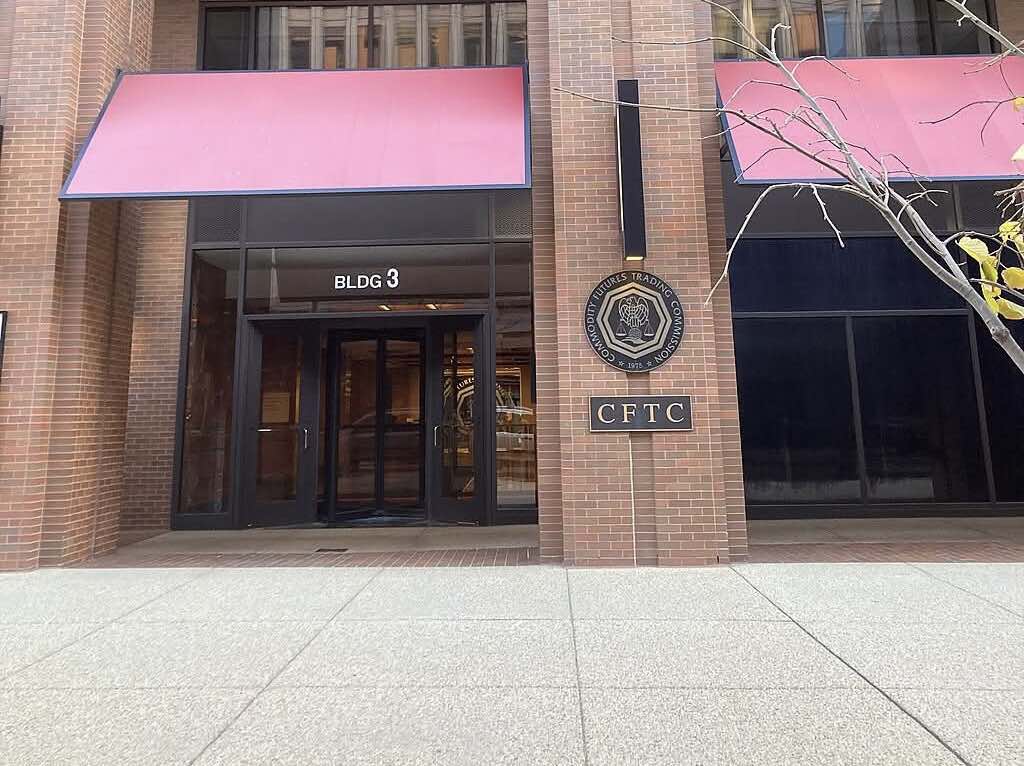MicroStrategy’s long-standing strategy of leveraging equity markets to accumulate Bitcoin is entering its most challenging phase yet. The company’s market premium over its Bitcoin holdings has collapsed toward parity, raising doubts about whether Michael Saylor’s highly leveraged model can continue to function as intended. Recent filings show MicroStrategy holding 649,870 BTC at a cost basis of roughly $48.4 billion, but investors are no longer assigning the high valuation multiples that once fueled accretive expansion. With mNAV falling below 1x in November—meaning shares now trade around or even below the value of the underlying Bitcoin—the foundation of its accumulation strategy is weakening.
This sharp reversal coincides with a broader downturn in crypto markets. Bitcoin fell more than 30% from its October peak, sliding under $90,000, while MicroStrategy’s stock declined even faster. Investors are increasingly concerned about the company’s heavy dependence on capital markets as its annual preferred dividend obligations exceed $640 million, far outstripping its small $54 million cash position. Its core software business also remains cash-flow negative for 2025, widening the gap between internal liquidity and external obligations.
To sustain its strategy, the company raised about $20 billion in the first nine months of 2025 through convertibles, preferred stock, and ATM equity sales. But this funding engine depends on trading at a premium to net asset value. With that premium gone, new issuance risks diluting shareholders instead of boosting Bitcoin per share. Rising capital costs compound the pressure, with preferred shares yielding above 10% and penalty rates reaching up to 18% if payments lapse.
Market confidence took another hit after the October 10 crash, when Bitcoin plunged amid more than $19 billion in liquidations and rapidly thinning liquidity. For a company holding over 3% of Bitcoin’s supply, the episode underscored fears of potential forced selling during stress.
Adding to the uncertainty, MSCI is weighing whether to exclude companies with heavy digital-asset exposure from its indices. With roughly 77% of its assets in Bitcoin, MicroStrategy could face billions in passive outflows if removed, further compressing mNAV and limiting access to capital.
Although the company argues its Bitcoin reserves provide decades of dividend coverage, that assumes ideal market conditions and ignores liquidity and tax realities. For now, investors appear unwilling to pay a premium for Bitcoin exposure when lower-risk ETFs exist. A renewed premium may only emerge if Bitcoin rallies significantly or index providers reconsider their stance. Until then, MicroStrategy faces its most strained period yet, with the sustainability of its leveraged Bitcoin play under increasing scrutiny.


























Comment 0